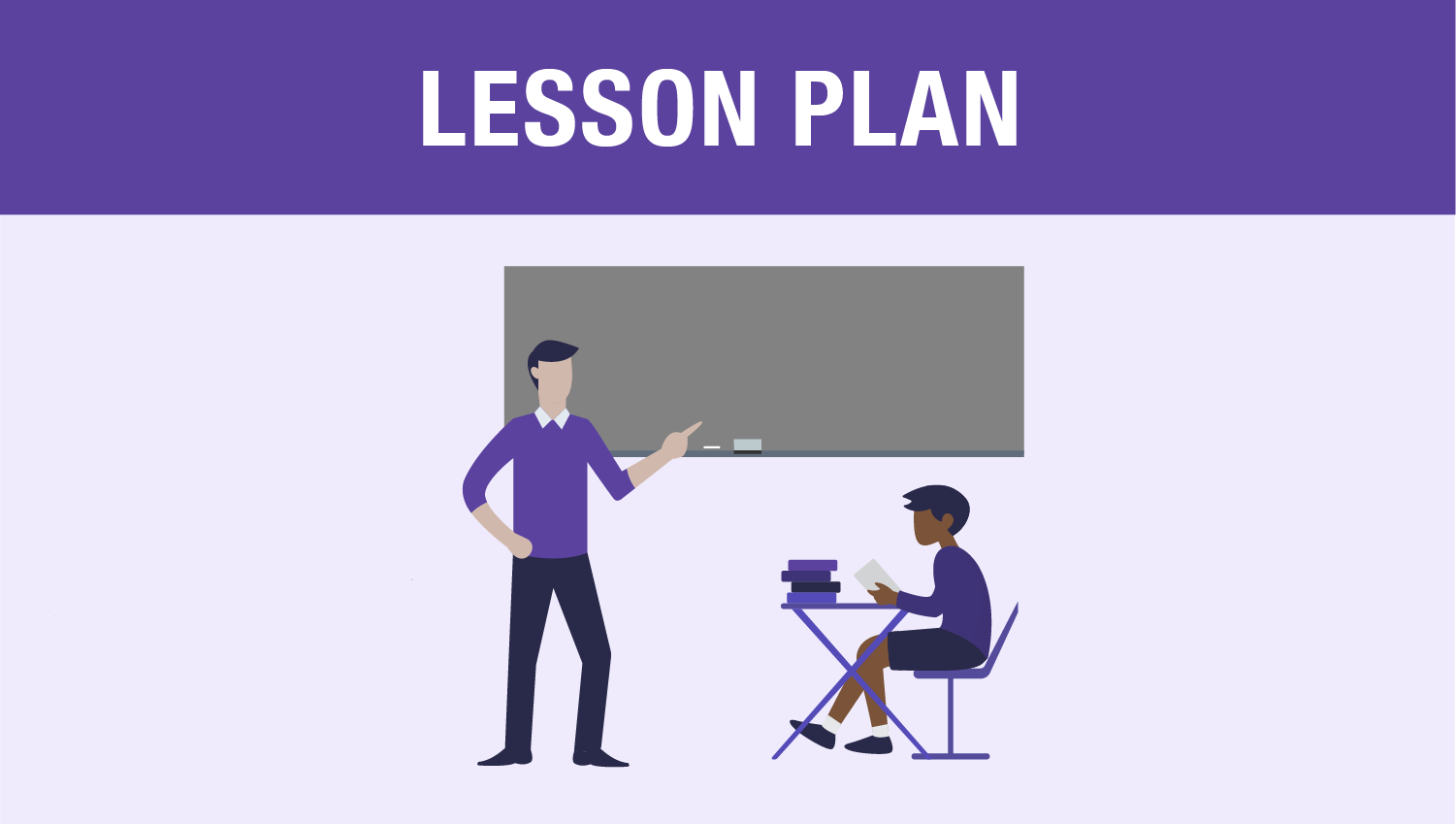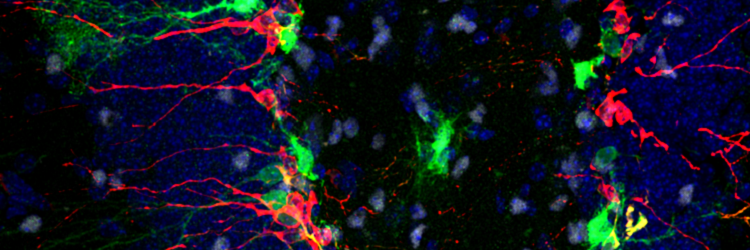
BrainFacts.org
@Brain_Facts_org
A Public Information Initiative of @SfNtweets https://linktr.ee/BrainFacts
“Why do we know so much about the brain, but still do not have a map of how everything connects?” Sarah Heilbronner explains it isn’t a lack of interest, but a lack of technology. vist.ly/3ydm8
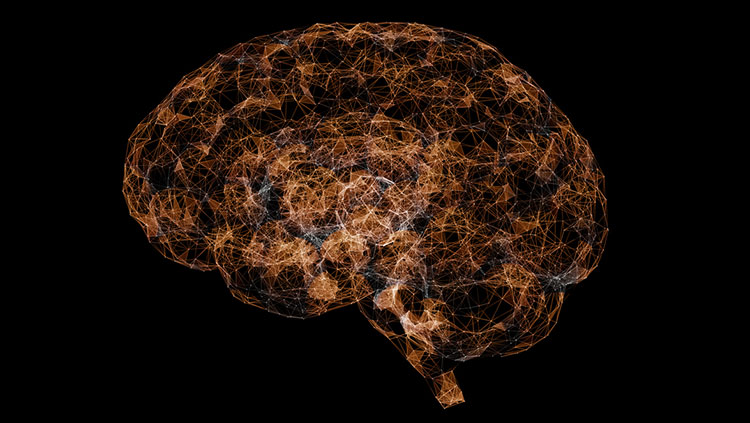
Understand how teens think, learn and grow with insights from leading researchers. "Teen Brain Bootcamp” is free email course from Knowable Magazine on the science of adolescent brain development. Register today! ⬇️ vist.ly/3z6x8
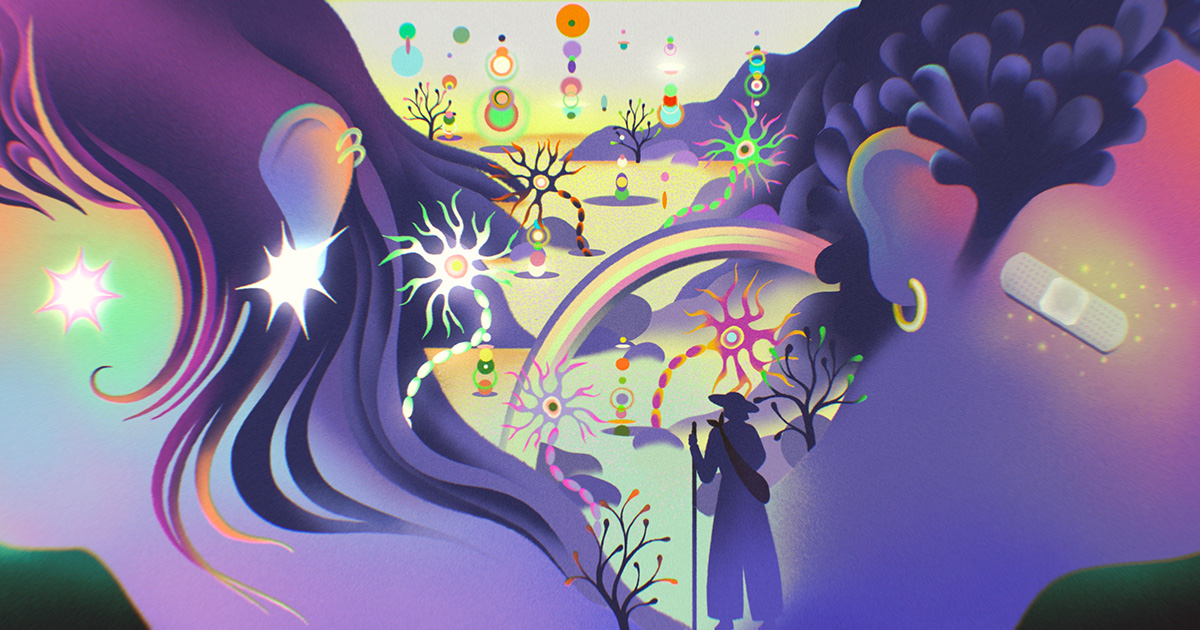
Training the mind to enter this rare state of conscious sleep may bring surprising benefits. vist.ly/3z3em

Ryan Tomm supports his Indigenous Canadian community through research and outreach. #BIPOCMentalHealth vist.ly/3ywc2
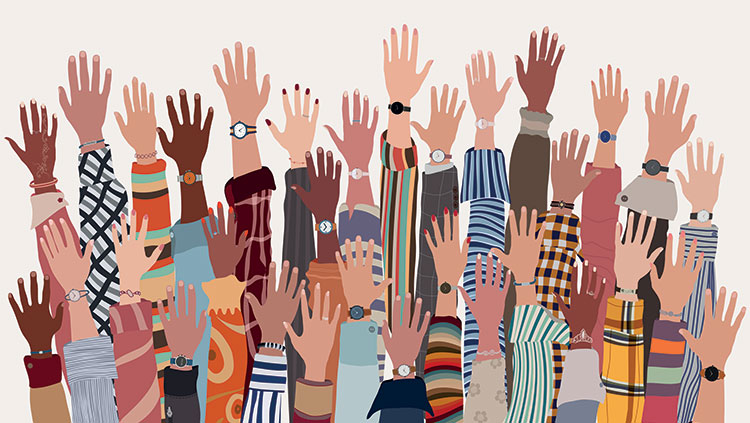
Celebrate 10 years of Neuronline! Read this article pulling together 10 valuable resources from the last 10 years of being @SfNTweets' home for learning and discussion. Read now: vist.ly/3ynbz
ICYMI: These Moths Navigate Using Stars in the Night Sky. This and other neuroscience news you may have missed in June 2025. vist.ly/3y9hx
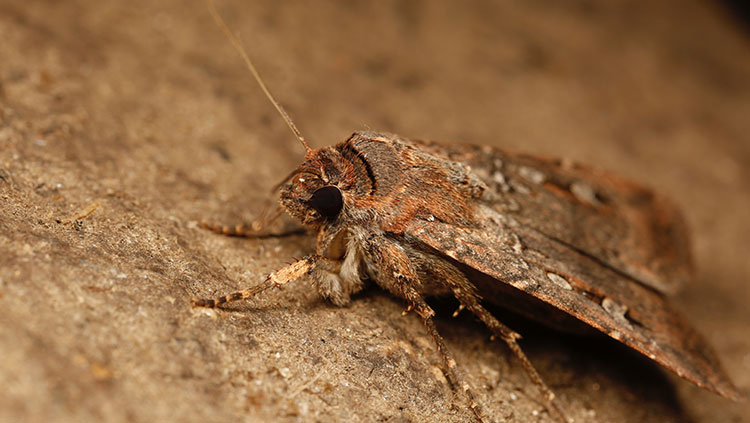
Most of today’s psychotherapies are grounded in Western values. Researchers hope that tailoring treatments to patients’ cultural backgrounds will improve mental health outcomes. #BIPOCMentalHealth vist.ly/3xyra

The detrimental health effects of loneliness are under research, examining neural manifestations and strategies for enhancing social connectivity. #BIPOCMentalHealth vist.ly/3n94fy6
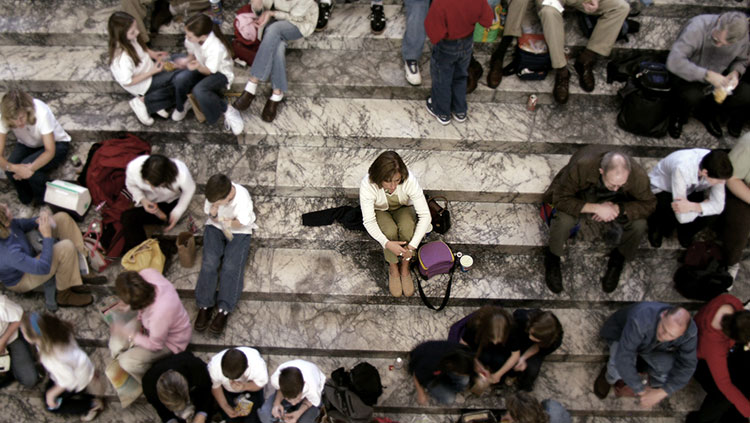
Ice cream: a summer love story until brain freeze turns it into a chilling thriller! Why, oh why? #NationalIceCreamMonth vist.ly/3n8ztk8

Investigate how the brain discerns meaning from incomplete pictures using this quick classroom activity. vist.ly/3n8rwg6

Far exceeding the capabilities of any camera, the retina processes visual information with its complex neuronal network. Peek at a few of the ganglion cells, which transmit sight to our brain in this photo. #FourthofJuly 📸 In-Jung Kim and Joshua Sanes, Harvard University
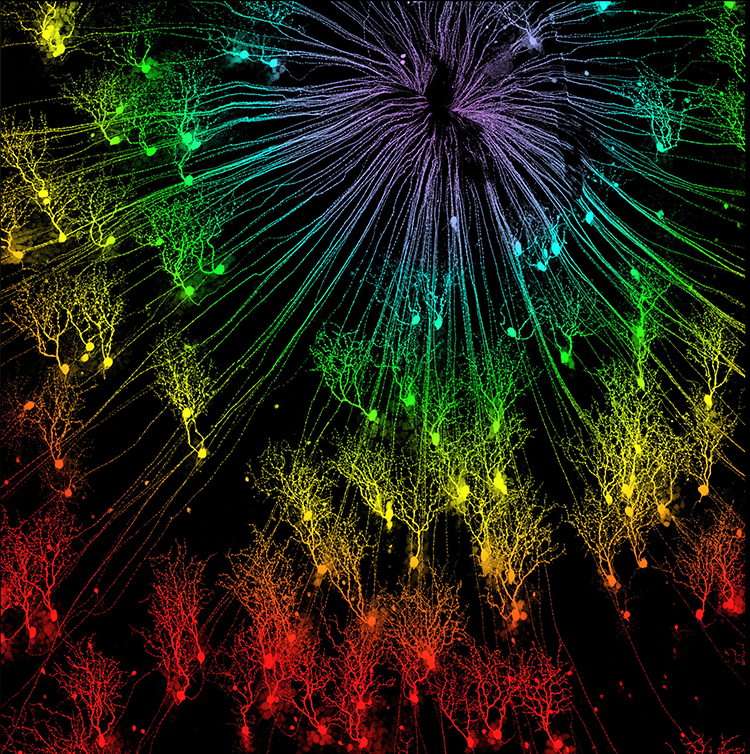
Neuroscientists are parsing how breathing in polluted air can trigger inflammation in the brain, potentially increasing the risk of some disorders. Storyboard and animation produced by Midnight Snacks for BrainFacts.
Whether we observe or create, the arts change our brains. The emerging field of neurasthenics may help us understand how and why. #Worldwellbeingday vist.ly/3n87fit

See how a neuron can fire and restore its balance by stimulating an action potential in this interactive. vist.ly/3n7xis8

Drink up and discover the relationship between water and the brain. #Worldwellbeingweek vist.ly/3n7uv2r

This hands-on activity enables students to understand more about electrical signals in the brain. vist.ly/3n7s923
